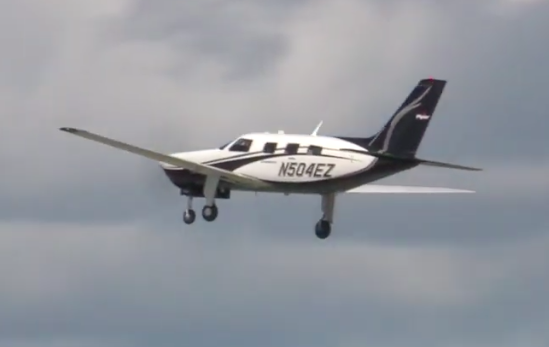 A company planning to enable commercial hydrogen-powered flights by 2023 yesterday completed the UK’s first ‘commercial scale’ electric test flight.
A company planning to enable commercial hydrogen-powered flights by 2023 yesterday completed the UK’s first ‘commercial scale’ electric test flight.
The flight, from Cranfield in a six-seater Piper, is part of the build up to a 250-300 nautical mile trip ZeroAvia plans to take place in Orkney this summer under the HyFlyer project.
The company believes air travel is the best use of hydrogen for transport, given its relatively high energy intensity and utilisation, and the fact that fuelling infrastructure can be concentrated around a relatively small number of commercial airports.
Standard batteries – if they could be made dense and light enough to power commercial airliners – would degrade far too quickly due to intense cycling, argues CEO and founder Valery Miftakhov.
As such, he thinks aviation will become the industry that “propels hydrogen into the mainstream as a transportation fuel”, as opposed to cars and light commercial vehicles, where batteries have taken a commanding market lead.
ZeroAvia thinks it can deliver commercially relevant, certified 10-20 seat configurations based on hydrogen fuel cells and gas storage within three years, and 50-100 seat configurations in flight by the end of the decade.
It has suggested that aircraft over 200 seats with a range in excess of 3,000 nautical miles are achievable by 2040 – without requiring any fundamental scientific breakthroughs.
The project is being supported by Innovate UK and the Aerospace Technology Institute, plus the European Marine Energy Centre (EMEC) and fuel cell engineering company Intelligent Energy.




Replace the gaseous hydrogen with reformed methanol (hydrogen derived from the heating of methanol with the waste heat from the fuel cell) and you triple the range!
The problem with hydrogen gas compared with liquid hydrocarbon fuels, is that the boiling point of hydrogen is -252C which requires refrigeration equipment to keep it liquid that reduces the overall energy efficiency of the system. The energy density (not intensity) of hydrogen GAS is less than LIQUID hydrocarbon fuels. The easiest way around this problem for aircraft, is to make synthetic hydrocarbon fuel using CO2 capture (from the air) and green hydrogen with green electricity, in the well established Fischer-Tropsch process.